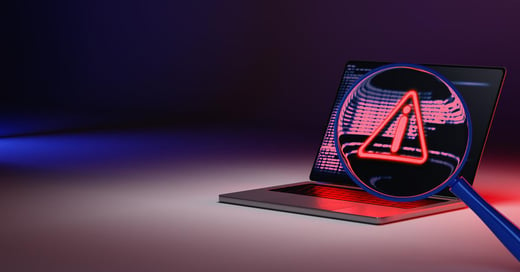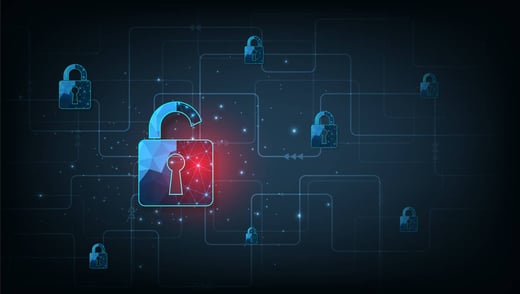Penetration testing, also known as IT security testing, is conducted in the same manner that a hacker would operate to discover security weaknesses. However, the purpose is to ensure that the latest tactics are used to prevent cyber attacks and potential information security threats.
Why Use a Penetration Test
Along with regularly scheduled information security audits, the benefit of using an independent red team for pen testing helps to highlight security weaknesses and potential threats with recommendations to strengthen the organization's effectiveness using the information gained during the process.
Testers are trained to be creative with the objective of breaking a system using any access route available. They expose weak points that are open to potential cyber-attacks and analyze defenses that are currently sufficient and which defenses they were able to defeat by a particular methodology.
A penetration test should be conducted without causing harm to the networked systems. It is also critical to acquire the express written permission of the system’s owner whether it is an employer or client. Even with the best intentions, without permission, it is hacking by definition and illegal in most parts of the world.
Test All Parameters
All parameters should be tested using automatic or manual testing based on the critical nature of the input variable and its location in the application. Even if an input variable may appear on the surface as non-critical, in reality, it might provide attackers with a vector to access other critical application functions. Based on the likelihood of a potential threat and the impact that it could have on your firm, prioritize your testing.
The Final Outcome
At the conclusion of the penetration tests, you should expect to receive a written report that contains an accurate and objective assessment of the potential vulnerabilities to the system and the company's business risks. Additionally, the report should include a detailed outline covering procedural and technical recommendations with countermeasures to minimize information security risks.
Maintaining System Integrity After Pentesting
Regular maintenance and understanding of the status of a network become crucial beyond the testing phase. How can you be sure new threat vectors have not emerged?
This is when the CimTrak file integrity monitoring software can take a defensive position against new threats. By continuously securing company servers, workstations, network databases, and more in the background of day-to-day operations, alerts can be directed to the IT security personnel regarding changes that occur to vital files and the information stored within them. Unwanted alterations to critical files can even be automatically restored to their previous state via backups kept on the Master Repository.
Tags:
Cybersecurity
Post by
Jacqueline von Ogden
May 28, 2014
May 28, 2014
Since 1999, Jacqueline has written for corporate communications, MarCom agencies, higher education, and worked within the pharmacy, steel and retail industries. Since joining the tech industry, she has found her "home".




